Molar mass 255.19 g/mol | ||
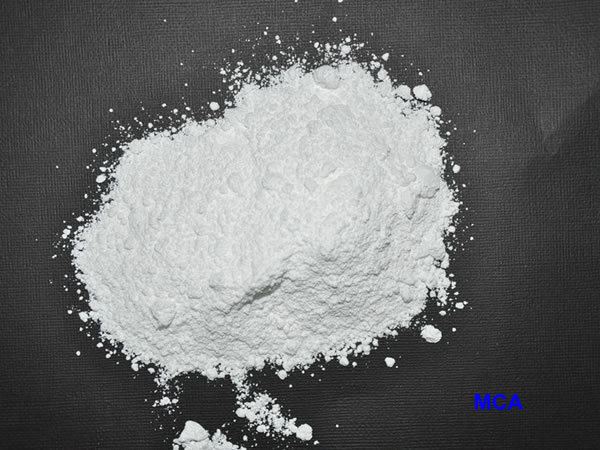 | ||
Formula C6H9N9O3 (C3H6N6·C3H3N3O3) | ||
Global and china melamine cyanurate industry 2014 market trend size share growth research report
Melamine cyanurate, also known as melamine-cyanuric acid adduct or melamine-cyanuric acid complex, is a crystalline complex formed from a 1:1 mixture of melamine and cyanuric acid. The substance is not a salt despite its non-systematic name melamine cyanurate. The complex is held together by an extensive two-dimensional network of hydrogen bonds between the two compounds, reminiscent to that seen in DNA base pairing. Melamine cyanurate forms spoke-like crystals from aqueous solutions and has been implicated as a causative agent for toxicity seen in the Chinese protein export contamination and the 2007 pet food recall.
Contents
- Global and china melamine cyanurate industry 2014 market trend size share growth research report
- Chemistry
- Uses
- Toxicity
- References
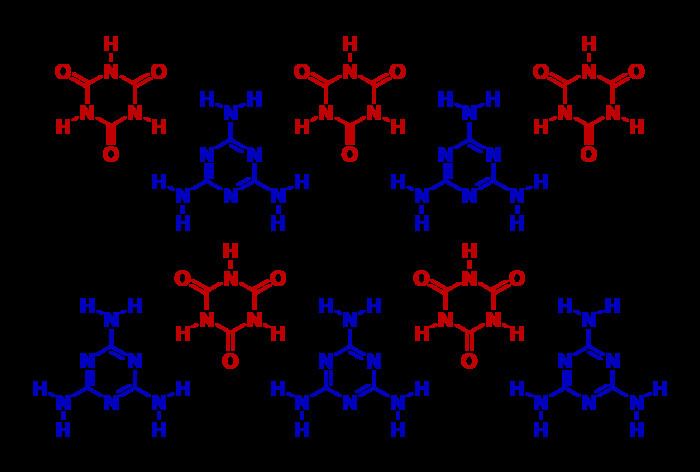
Chemistry
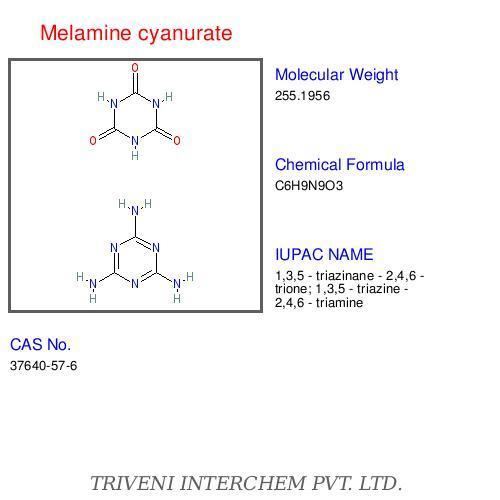
The substance is best described as a melamine-cyanuric acid co-crystallate, complex, or non-covalent adduct. The two compounds do not form a salt as suggested by its non-systematic trivial name melamine cyanurate.
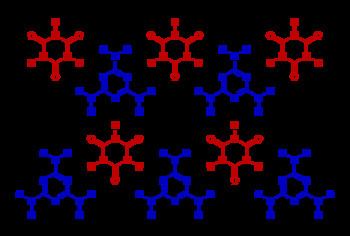
Melamine and cyanuric acid form a jigsaw puzzle-like two-dimensional hydrogen bonding network because of the complementarity of the two compounds, similar to DNA base pairing.
Uses
Melamine cyanurate is commonly used as a fire retardant.
Toxicity
It has been considered to be more toxic than either melamine or cyanuric acid alone.
LD50 in rats and mice (ingested):
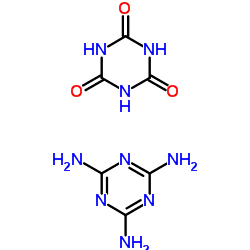
A toxicology study conducted after recent pet food recalls concluded that the combination of melamine and cyanuric acid in diet does lead to acute renal failure in cats. A 2008 study produced similar experimental results in rats and characterized the melamine and cyanuric acid in contaminated pet food from the 2007 outbreak.
